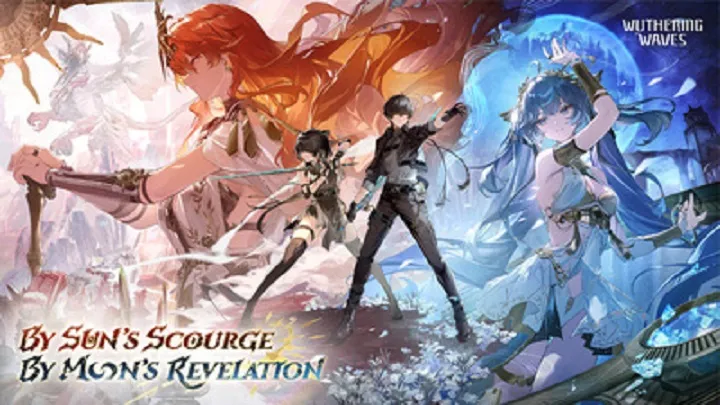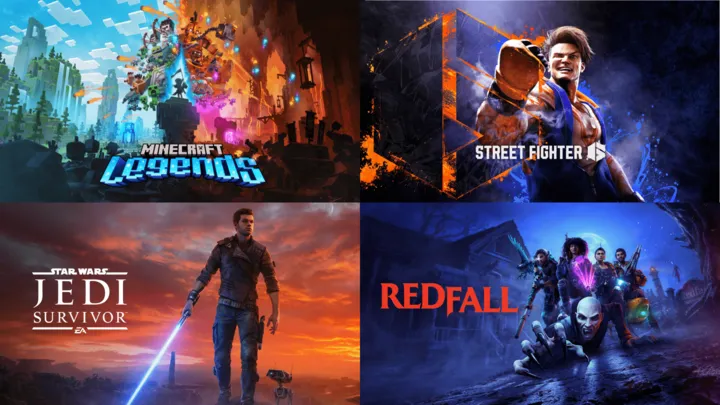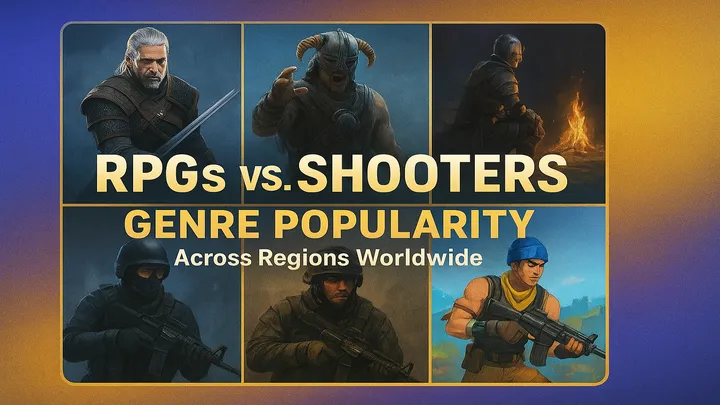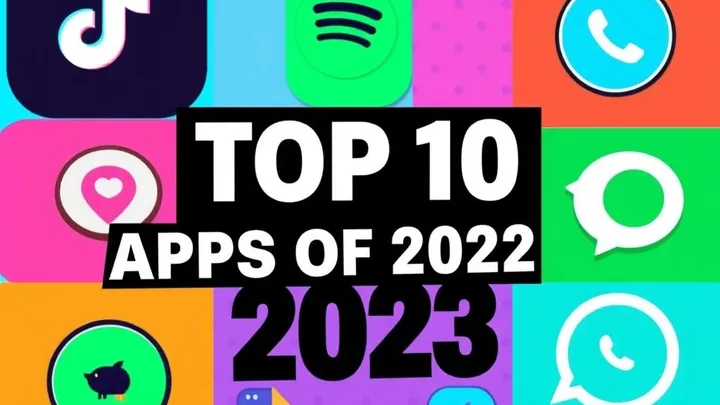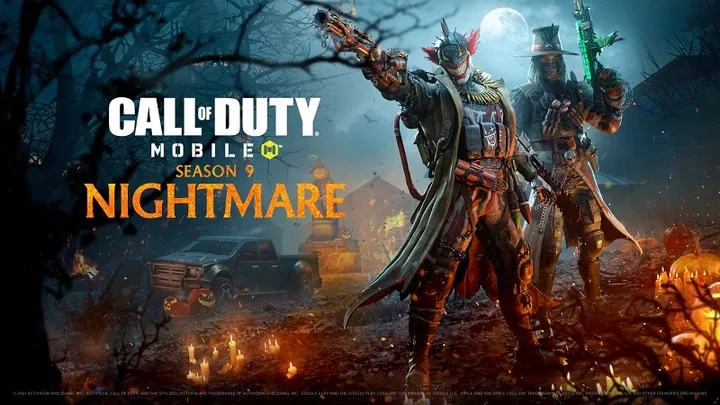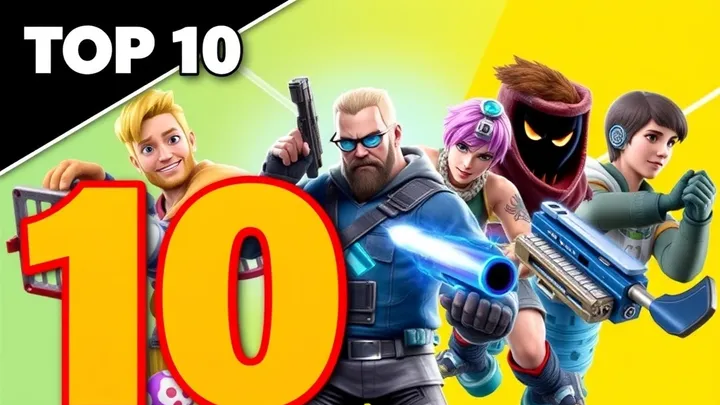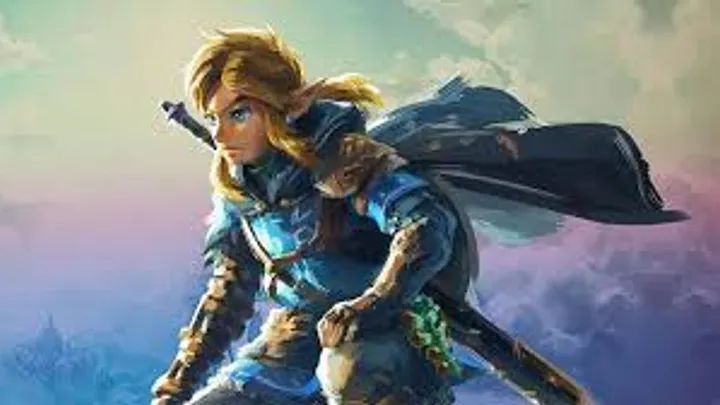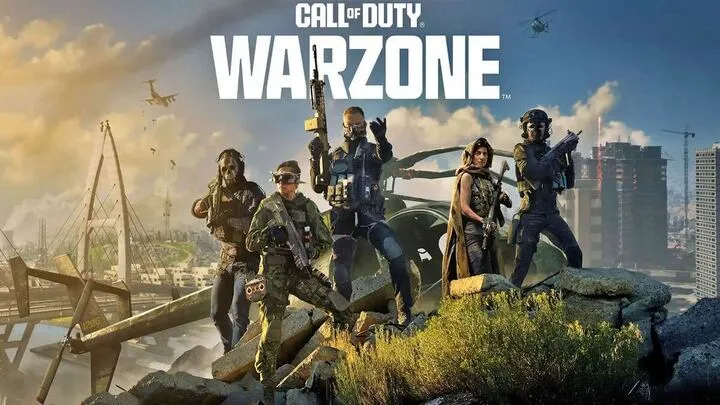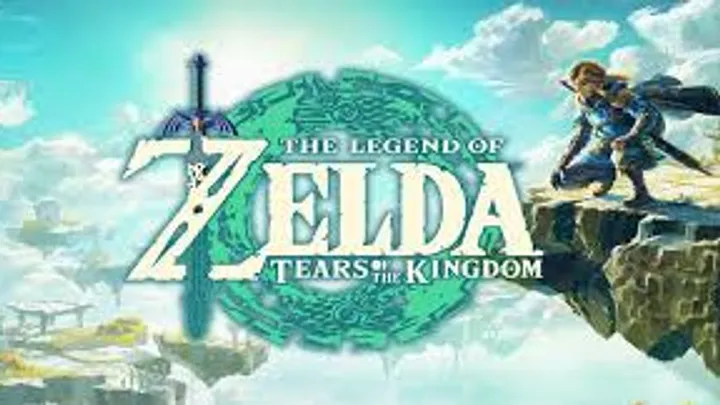Introduction
In the ever-evolving landscape of competitive gaming, Valorant has emerged as a standout title since its release by Riot Games in June 2020. This tactical first-person shooter (FPS) combines elements of traditional shooting mechanics with unique character abilities, creating a dynamic gameplay experience that appeals to both casual gamers and esports enthusiasts. This article will provide an in-depth analysis of Valorant, exploring its gameplay mechanics, character dynamics, community engagement, and its impact on the gaming industry.
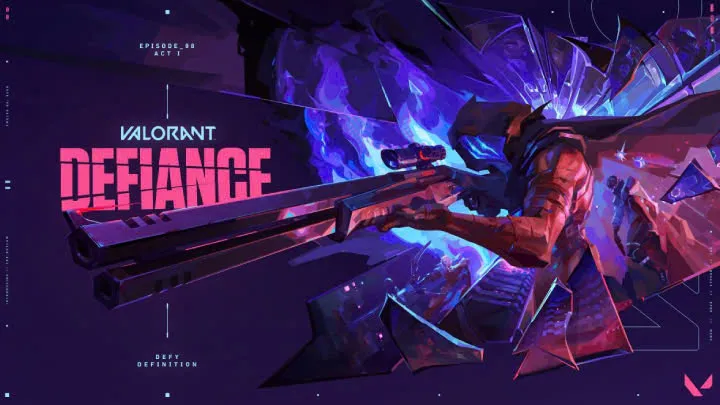
The Genesis of Valorant
Development and Launch
Valorant was developed by Riot Games, the same company behind the immensely popular MOBA, League of Legends. The game was initially revealed to the public under the codename "Project A" in October 2019. After extensive closed beta testing, Riot officially launched Valorant on June 2, 2020. The game quickly gained traction, amassing millions of players within weeks of its release.
Concept and Design
Valorant's design philosophy focuses on blending classic FPS gameplay with modern mechanics. The game's maps, characters, and weapons are carefully crafted to ensure a balance between gunplay and abilities. This design approach encourages strategic thinking, teamwork, and skill development.
Gameplay Mechanics
Core Gameplay
Valorant is played in a 5v5 format where players assume the roles of agents, each equipped with unique abilities. The primary game mode is similar to a bomb-defusal scenario, where one team attempts to plant a device known as the Spike, while the other team aims to prevent this from happening or defuse the Spike if it is planted.
Agents and Abilities
Agent Roles
Valorant features a diverse roster of agents, each classified into four distinct roles:
- Duelists: These agents are aggressive and focused on securing kills. Examples include Jett and Phoenix.
- Controllers: Masters of map manipulation, controllers like Omen and Brimstone can create cover and area denial.
- Initiators: These agents, such as Sova and Breach, excel at breaking enemy defenses and gathering intel.
- Sentinels: Defensive support agents like Sage and Killjoy help their teams by healing and providing utility.
Ability Mechanics
Each agent has a set of unique abilities that can turn the tide of battle. Abilities range from healing and creating smokes to deploying drones for reconnaissance. The strategic use of these abilities is crucial for success in matches.
Weapons and Economy
Valorant features a variety of weapons, each with distinct stats and mechanics. Players must manage their in-game economy effectively, deciding when to buy weapons, shields, and abilities during the buy phase at the start of each round. Understanding the economy adds another layer of strategy to the gameplay.
Maps: The Battlefield
Map Design
Valorant's maps are meticulously designed to offer diverse gameplay experiences. Each map has its own layout, strategic points, and features, encouraging players to adapt their strategies based on the environment. Key maps include:
- Bind: Known for its teleporters that allow for quick rotations.
- Haven: Unique for having three bomb sites, creating a constant state of pressure.
- Ascent: Features a central open area that encourages team engagements and strategic plays.
Strategic Elements
Map knowledge is critical in Valorant. Players must learn common callouts, sightlines, and hiding spots to communicate effectively with their team. Understanding map dynamics can significantly impact a team's performance.
The Competitive Scene
Esports Presence
Since its launch, Valorant has rapidly become a prominent title in the esports scene. Riot Games has actively supported this growth by organizing tournaments and leagues, including the Valorant Champions Tour (VCT). The competitive circuit has attracted top-tier teams and players from around the globe, leading to thrilling matches and a dedicated fanbase.
Community Engagement
The Valorant community plays a vital role in the game's success. Riot Games encourages player feedback and actively engages with the community through social media, forums, and events. The developers frequently release updates and patches based on player input, ensuring a balanced and enjoyable experience.
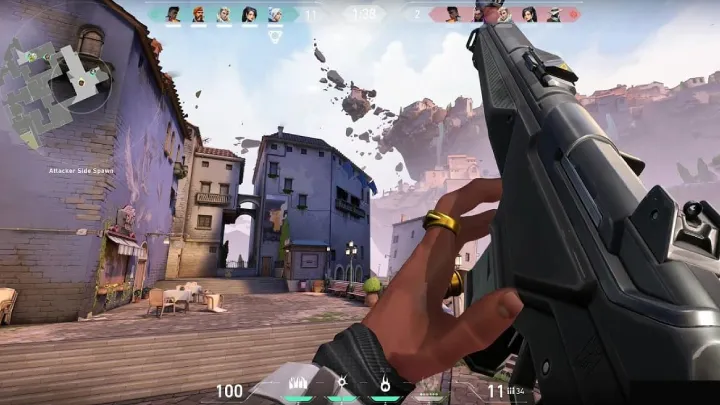
The Future of Valorant
Ongoing Development
Riot Games continues to support Valorant with regular updates, new agents, and maps. The developers are committed to maintaining a vibrant and evolving game environment. This dedication to ongoing development is crucial for keeping players engaged and excited about the game.
Player Experience
Valorant has established itself as a game that rewards skill, teamwork, and strategy. As the player base continues to grow, the game will likely evolve with new features and mechanics that enhance the overall experience.
Conclusion
Valorant has successfully carved out its niche in the competitive gaming landscape. With its unique blend of tactical gameplay, character abilities, and community engagement, it has captured the attention of gamers worldwide. As Riot Games continues to develop and expand the game, Valorant's influence on the FPS genre and the esports scene will only grow.
In summary, Valorant is more than just a game; it's a strategic battlefield that challenges players to think critically and work collaboratively. Whether you're a casual player or a professional competitor, Valorant offers a rich, engaging experience that keeps players coming back for more.








